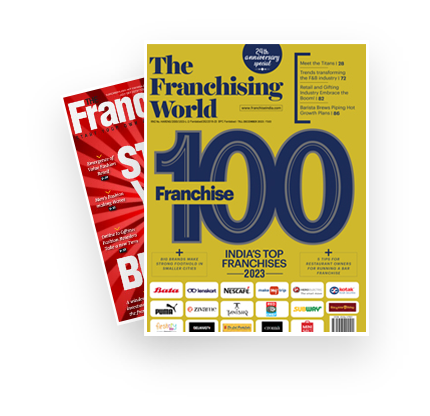
India’s leading two-wheeler manufacturer, Bajaj Auto Ltd., is gearing up to launch a new entry-level variant of its Chetak electric scooter in June 2025. This move aligns with the company’s strategy to strengthen its foothold in the rapidly growing electric mobility segment.
The upcoming variant will build upon the success of the Chetak 35 Series, which was introduced in December 2024. According to Rakesh Sharma, Executive Director at Bajaj Auto, the Chetak brand's market share surged from 13% in Q4 FY24 to 25% in Q4 FY25, making it the top-selling electric two-wheeler in India.
Following the launch of the Chetak 3503 at the end of May, Bajaj is also set to introduce an upgraded version of the popular 2903 variant in June. These additions will significantly strengthen the Chetak portfolio, which is expected to expand further in FY26 to cater to new sub-segments.
Currently, the Chetak lineup includes four variants: 2903, 3503, 3502, and 3501. The base model, Chetak 2903, is priced at ₹99,998, while the top-end Chetak 3501 costs ₹1,32,000.
To support its growing EV presence, Bajaj Auto has expanded its retail network to 310 Chetak experience centres and over 3,000 sales points across India. Sharma expressed confidence that these initiatives will help establish strong and sustainable market leadership in FY26.
In FY25, Bajaj Auto achieved its highest-ever domestic revenue, with 12% year-on-year growth driven by robust two- and three-wheeler sales. Notably, electric vehicles contributed over ₹5,500 crore, accounting for nearly 20% of domestic sales, highlighting Bajaj’s leadership in the EV segment.
CFO Dinesh Thapar noted that cost reductions and PLI scheme incentives have played a crucial role in keeping the EV portfolio competitive.
However, the company faces a significant challenge: the supply of rare earth magnets from China — a key component for electric motors. Sharma revealed that the import approval process is complex, requiring non-military use declarations, multiple certifications from Indian ministries, Chinese embassy clearance, and final export approval from Chinese authorities.
Despite over 30 applications submitted by the Indian auto industry, no clearances have been granted so far. “If the situation doesn't improve, July production may be seriously impacted, and this challenge affects the entire auto industry,” Sharma warned.

